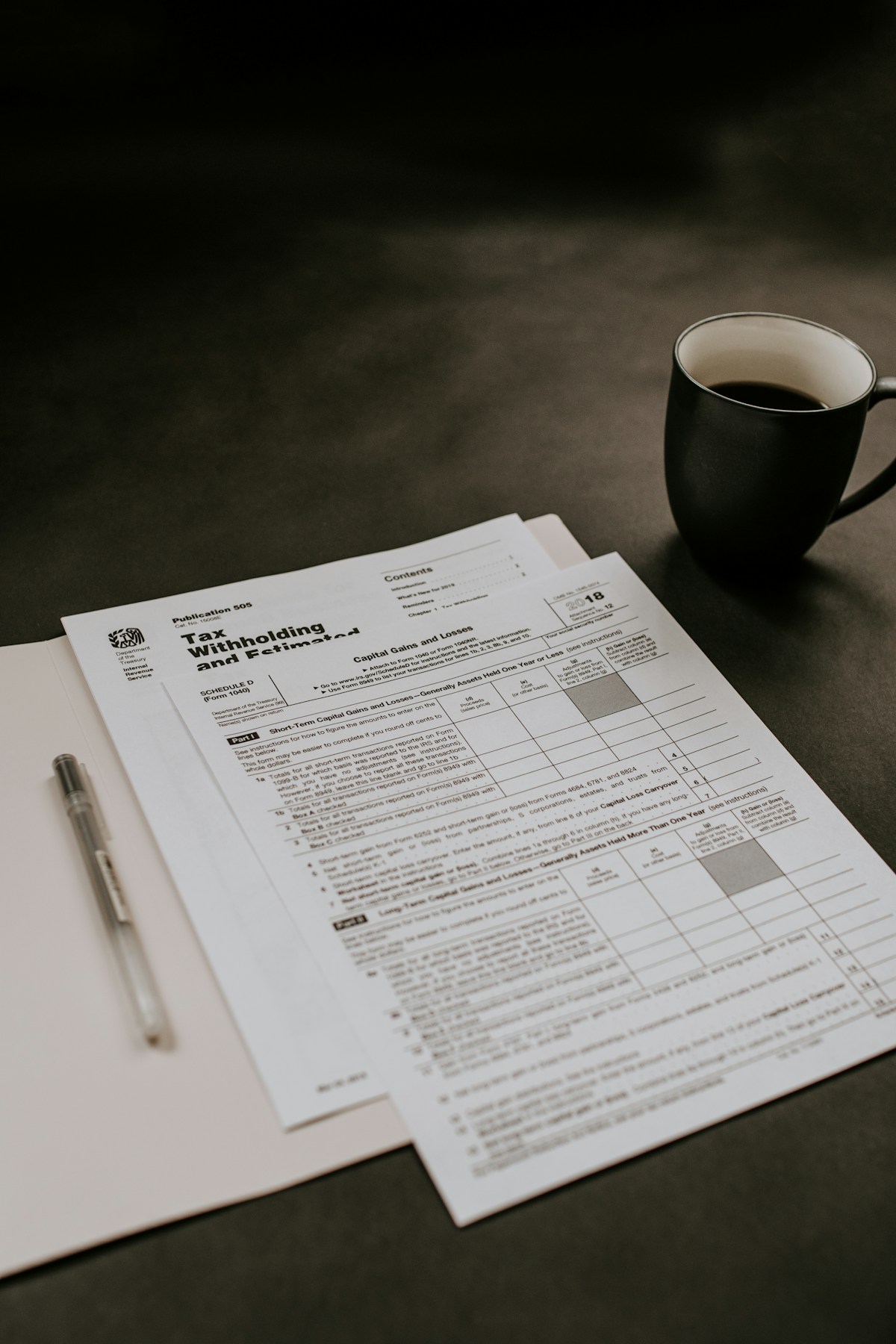Understanding your legal rights and forgiveness options for managing student loan debt.
Student loan debt has become one of the most significant financial burdens facing Americans today, with total debt exceeding $1.75 trillion. However, borrowers have specific legal rights and potentially life-changing forgiveness options that many aren't fully aware of. This guide outlines the essential legal information every student loan borrower should understand.
Understanding Your Student Loan Types
Your rights and options depend significantly on what type of loans you have:
- Federal Direct Loans: These government-issued loans come with the most protections and forgiveness options.
- Federal Family Education Loans (FFEL): These older federal loans were issued by private lenders but guaranteed by the government. They have fewer built-in protections but can often be consolidated into Direct Loans.
- Perkins Loans: These federal loans were made through educational institutions and have their own forgiveness programs.
- Private Student Loans: Issued by banks, credit unions, or online lenders, these loans have significantly fewer legal protections and forgiveness options.
To determine what types of loans you have, access the National Student Loan Data System (NSLDS) for federal loans or check your credit report for private loans.
Federal Student Loan Forgiveness Programs
Several major federal forgiveness programs can eliminate some or all of your student debt:
Public Service Loan Forgiveness (PSLF)
This program forgives the remaining balance on Direct Loans after 120 qualifying monthly payments while working full-time for a qualifying employer, which includes:
- Government organizations (federal, state, local, or tribal)
- Non-profit organizations that are tax-exempt under Section 501(c)(3)
- Other non-profit organizations that provide qualifying public services
Recent PSLF waivers and changes have made it easier to qualify, allowing previously ineligible payment plans and loan types to count toward forgiveness.
Teacher Loan Forgiveness
Teachers who work full-time for five consecutive years in low-income schools or educational service agencies can receive up to $17,500 in forgiveness on Direct and Stafford Loans.
Income-Driven Repayment (IDR) Forgiveness
These plans set your monthly payment at an amount intended to be affordable based on your income and family size, with forgiveness of the remaining balance after:
- 20-25 years: Standard IDR plans (IBR, PAYE, REPAYE, ICR)
- 10 years: The new SAVE plan for undergraduate loans
The Department of Education recently announced an IDR account adjustment that gives borrowers credit toward IDR forgiveness for past periods in forbearance, deferment, and repayment.
Student Loan Borrower Protections
Federal law provides numerous protections for student loan borrowers:
Deferment and Forbearance Rights
These options temporarily pause or reduce payments during financial hardship:
- Economic Hardship Deferment: Available for up to 3 years
- Unemployment Deferment: Available for up to 3 years
- General Forbearance: Available for up to 12 months at a time (36 months total)
During deferment, subsidized loans don't accrue interest, while all loans continue to accrue interest during forbearance.
Discharge Options
In certain circumstances, your federal student loans may be completely discharged:
- Total and Permanent Disability Discharge: Available if you become totally and permanently disabled
- Closed School Discharge: If your school closed while you were enrolled or shortly after you withdrew
- Borrower Defense to Repayment: If your school misled you or engaged in misconduct
- False Certification Discharge: If the school falsely certified your eligibility
- Death Discharge: Federal student loans are discharged upon the borrower's death
Bankruptcy and Student Loans
While traditionally difficult, discharging student loans through bankruptcy is becoming more accessible:
- Bankruptcy courts now increasingly apply the "undue hardship" standard more leniently
- The Department of Justice has updated guidance making it easier for government attorneys to recommend discharge in appropriate cases
- A borrower must demonstrate that repayment would impose an undue hardship on them and their dependents
Private Student Loan Rights
Private loans have fewer protections, but borrowers still have rights:
- Truth in Lending Act: Requires clear disclosure of loan terms
- Fair Debt Collection Practices Act: Protects from abusive collection practices
- State-Specific Protections: Some states have enacted borrower bills of rights
- Statute of Limitations: Private loans have a time limit on legal collection actions (typically 3-6 years in most states)
Private lenders may offer their own hardship programs, but these vary significantly between lenders.
Dealing with Student Loan Servicers
Your loan servicer must:
- Provide accurate information about repayment options
- Process payments and paperwork accurately and timely
- Respond to inquiries and complaints
- Honor approved deferments, forbearances, and income-driven repayment plans
If your servicer isn't meeting these obligations, you can:
- File a complaint with the Department of Education's Federal Student Aid Feedback System
- File a complaint with the Consumer Financial Protection Bureau (CFPB)
- Contact your state attorney general's office
Recent and Upcoming Changes to Student Loan Law
The student loan landscape continues to evolve:
- SAVE Plan: The newest income-driven repayment plan that significantly reduces monthly payments and shortens forgiveness timelines
- Fresh Start Program: Allows borrowers with defaulted loans to return to good standing
- Potential Debt Cancellation: The Biden administration continues to pursue targeted debt relief through regulatory means
- Borrower Bill of Rights: Many states are implementing stronger servicer regulations
Taking Action to Protect Your Rights
To best protect yourself as a student loan borrower:
- Keep detailed records of all communications with your loan servicer
- Get all agreements in writing
- Submit recertification paperwork for income-driven plans early
- Check your loan status and payment records regularly
- Educate yourself about your specific loan types and available options
Understanding the legal framework around student loans empowers borrowers to make informed decisions about repayment strategies, pursue appropriate forgiveness options, and address servicing issues effectively. If you're facing complex student loan issues, consider consulting with an attorney who specializes in student loan law or a non-profit student loan counselor who can provide personalized guidance.






